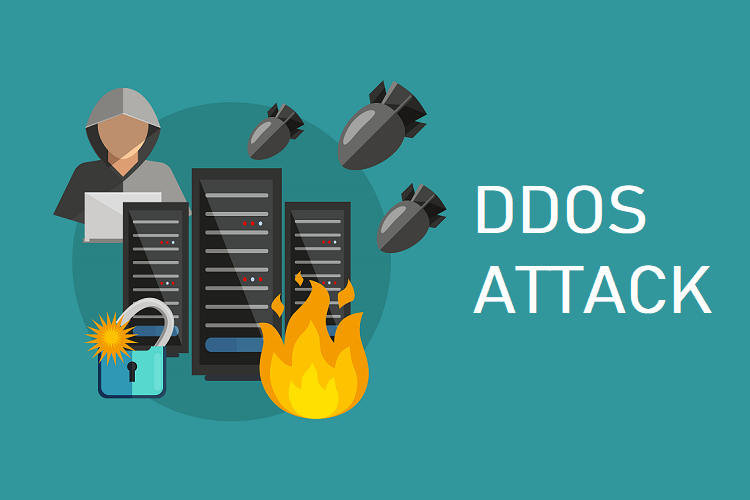Distributed Denial of Service (DDoS) attacks are a growing threat, with cybercriminals launching millions of attacks every year against ecommerce platforms, health care industries, streaming websites, and more. The most common type of DDoS attack is volumetric. It works by overwhelming a service or a website with a large level of traffic that occupies resources and prevents access to actual customers. Meanwhile, protocol DDoS attacks hit data transfer protocols and application attacks take aim at application vulnerabilities.
How to Prevent DDoS Attacks
The consequences of a DDoS can be severe, and organizations can suffer losses to data, revenue, productivity, and reputation. Even low-volume attacks can be dangerous — hackers can use them to distract you from a dangerous ransomware attack. Here are some tips that can help prevent DDoS attacks.
Increase Your Bandwidth
An excellent way to prevent DDoS attacks from taking down your network is to increase your bandwidth—the greater your bandwidth, the deeper your cushion to absorb hits from artificially high traffic volume. But increasing your bandwidth is no guarantee. While DDoS attacks once used to be measured in Gbps, some are now measured in Tbps.
How are threat actors pulling off such large-scale DDoS attacks? While there are multiple factors, botnets are certainly one of them. Botnet armies are infected zombie computers in the millions that simultaneously work to send significant levels of network traffic to servers.
Partner with a Top IT Solutions Provider
One of the biggest advantages of cloud adoption from a renowned IT solutions leader is enhanced security against DDoS attacks. The cloud typically has greater bandwidth than local resources and servers are often scattered. An experienced IT partner may also offer the following benefits:
- DDoS defense mechanisms
- Security event management
- Threat mitigation measures
- Real-time threat monitoring to identify DDoS attacks
- Cloud security operations centre as a service (SOCaaS)
Harden Your Network
Harden your network to mitigate the risk of DDoS attacks with the following options:
- Although firewalls can’t stop all DDoS attacks, they can help you gain some perimeter access control.
- Avoid putting your data centers in the same networks or physical locations.
- Minimize the risk of network traffic bottlenecks.
- Use a Virtual Private Network (VPN).
- Invest in anti-spam tools.
- Have a professional assess your network for vulnerabilities.
Recognize the Signs of a DDoS Attack
DDoS attacks can begin quickly, and the symptoms aren’t always apparent. Still, identifying the signs of an upcoming DDoS attack may help you launch preventive strategies. Symptoms of a DDoS attack include a sudden influx of spam emails, slowing servers, intermittent web crashes, multiple requests from single IP addresses, timed out ping requests, and more. You should also know your standard traffic numbers to detect artificially increasing levels accurately.
Implement CAPTCHA
CAPTCHA is a challenge-based test that helps platforms determine if the input is from a machine or a human being. The security checkpoint system can stop spam, data exfiltration, and even DDoS attacks by preventing bots from overloading website capacity. Unfortunately, CAPTCHA isn’t a perfect solution — many bots have found ways to bypass it.
DDoS attacks can severely dent an organization. Stay prepared and plan ahead with assistance from a top security team.




